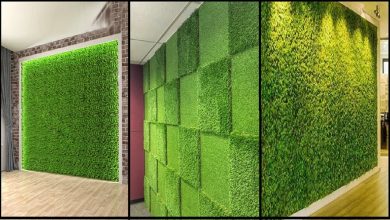Learn about the care of Echium fastuosum, also known as Blue Duster

Echium fastuosum also known as Taginaste, Blue Duster, Moorish Flower, Pride of Madeira or Viborea . It belongs to the Boraginaceae family, whose genus is made up of about 40 annual, biannual and perennial species. It is native to Portugal, but is distributed throughout the Mediterranean and the Canary Islands.

Do not stop reading: Veronica, a small shrub with great flowering
The scientific name derives from the Greek » Echis » which means snake. This is due to the resemblance of its flowers to the jaw of vipers.
Echium fastuosum characteristics
Plant that grows very quickly, between 1 and 2 m in height, forming a multi-branched shrub.
The leaves are lanceolate or ovate, hairy, grayish-green and sword-shaped.
The flowers come together in large panicular or solitary inflorescences. The most frequent colors are red, pink, purple and white. They bloom in the summer.
All parts of the plant are toxic if ingested.
Echium fastuosum care

This species has numerous applications in the garden, whether it adorns small slopes or slopes.
Exposure should be in full sun in mild weather. But it is not capable of withstanding the rigors of winter. So in the winter it must be protected from strong frosts.
The maritime areas are ideal for its cultivation.
It grows well in poor, dry, well-drained soils.
Watering should be moderate to avoid waterlogging, as this can affect you considerably.
The fertilizer will be about 3 or 4 times during flowering with a fertilizer mixing with irrigation.
Pruning should be done when flowering ends for shrub or semi-shrub species. While for annuals, the branches should be cut at the time the flowers wither so that the new shoots are vigorous.
The pest that could attack this species is the red spider. This is because the environmental humidity is low and the temperature is high, which makes it an ideal habitat for this insect.
It can be multiplied by means of seeds (the biennial species) during the spring and well protected. So it should not be taken outside until summer arrives.
Shrubby or semi-shrubby species by cuttings in April.
What do you think of this beautiful specimen? Do you like it? It certainly deserves a place in the garden so that it can give a spectacular ornamental effect.
Images courtesy of: Eric Sonstroem ,



![Photo of Diamond Yam: How, Where and When to Plant It? [Steps + Images]](https://www.complete-gardening.com/wp-content/uploads/2021/06/cultivar-name-390x220.jpg)
![Photo of Green Bug: What is it and How to Fight It? [Complete Guide]](https://www.complete-gardening.com/wp-content/uploads/2022/08/green-bug-what-is-it-and-how-to-fight-it-complete-guide-390x220.jpg)